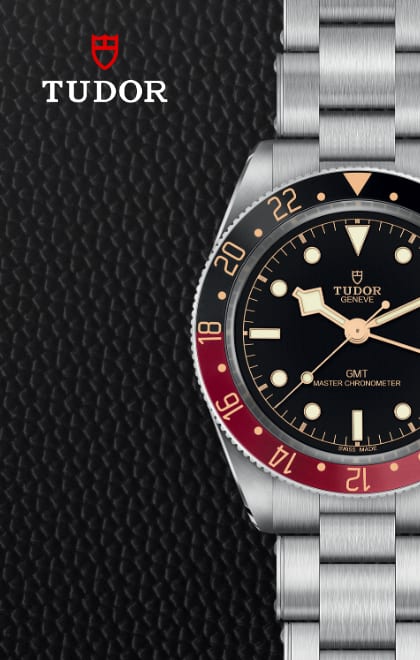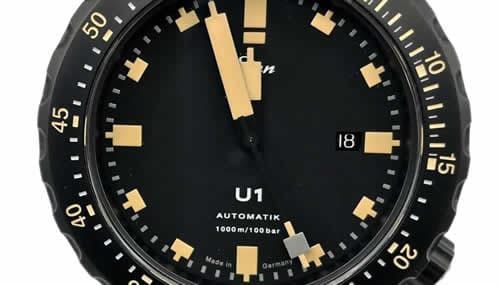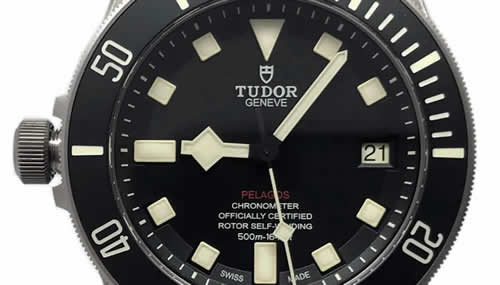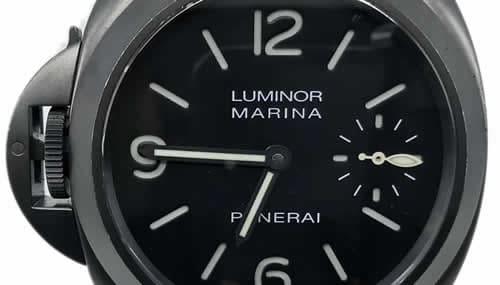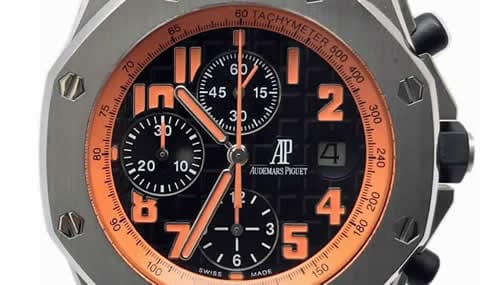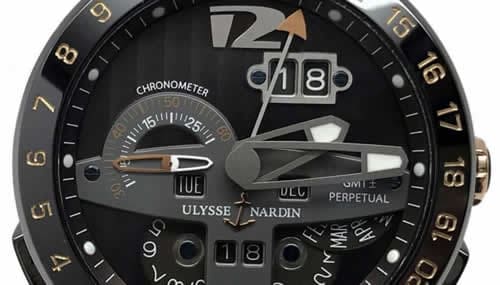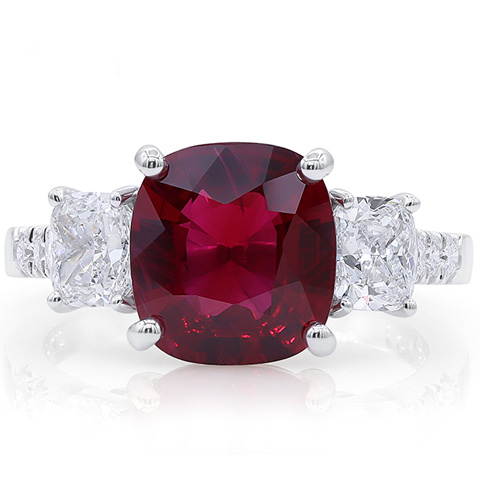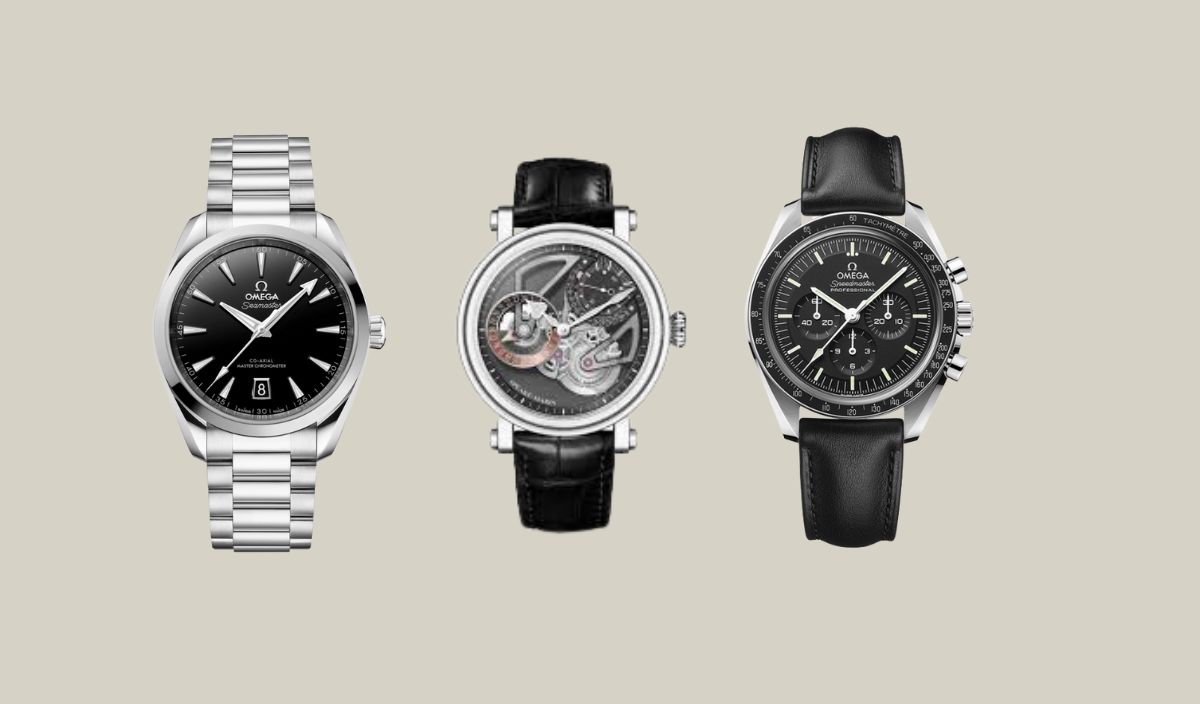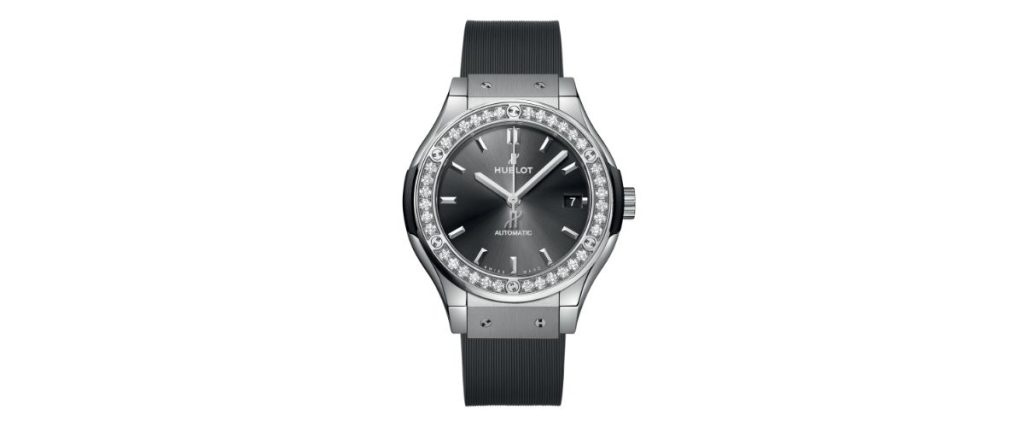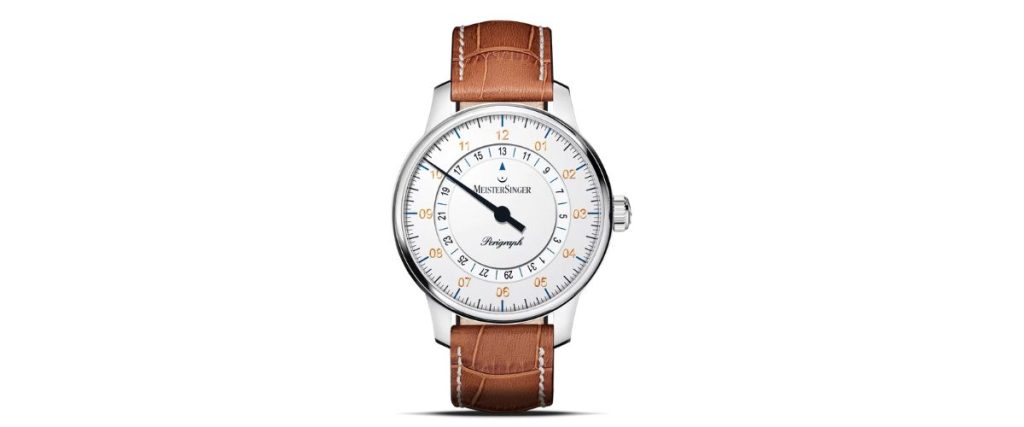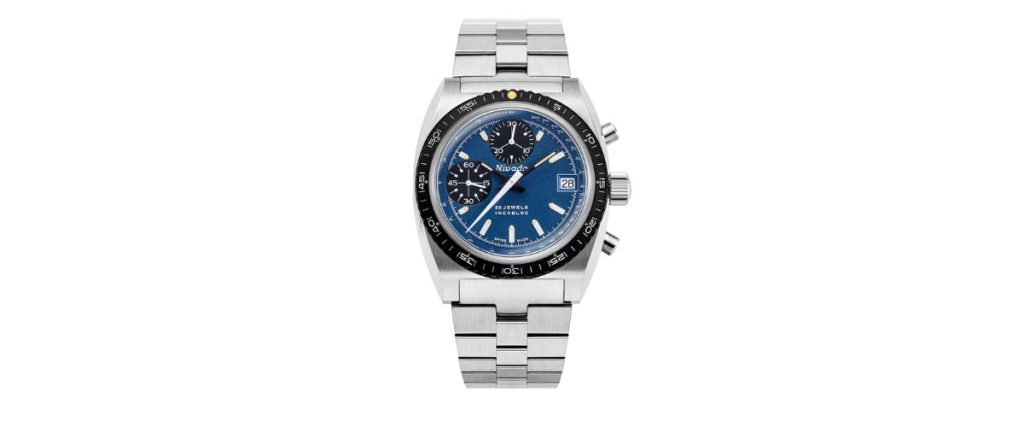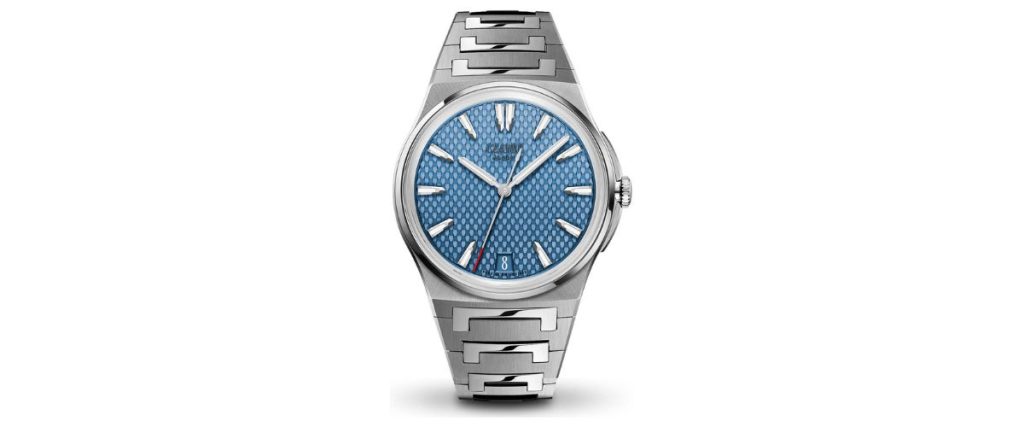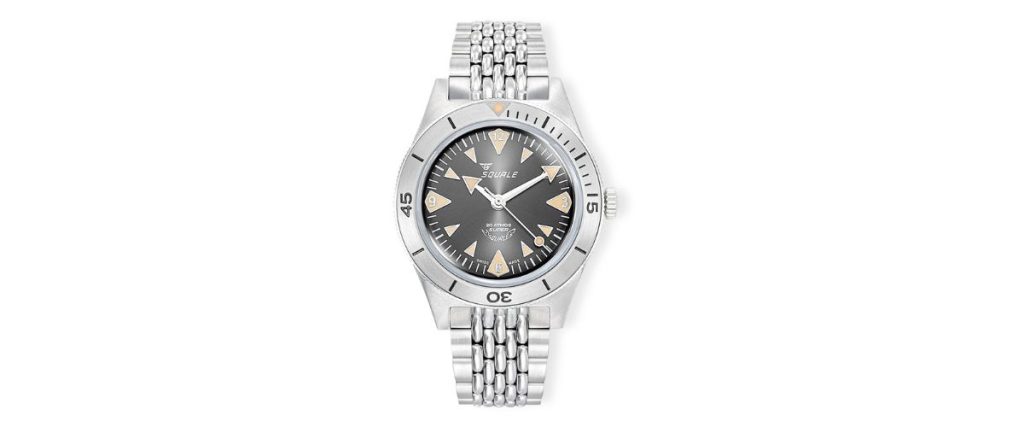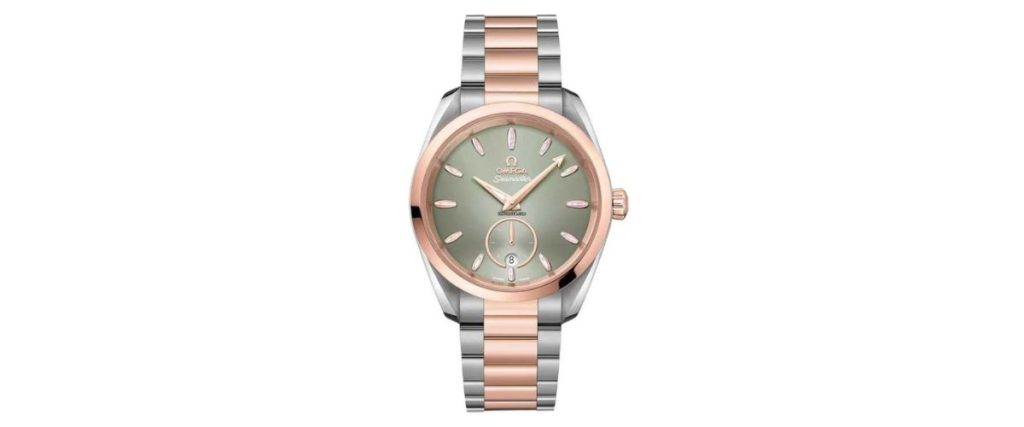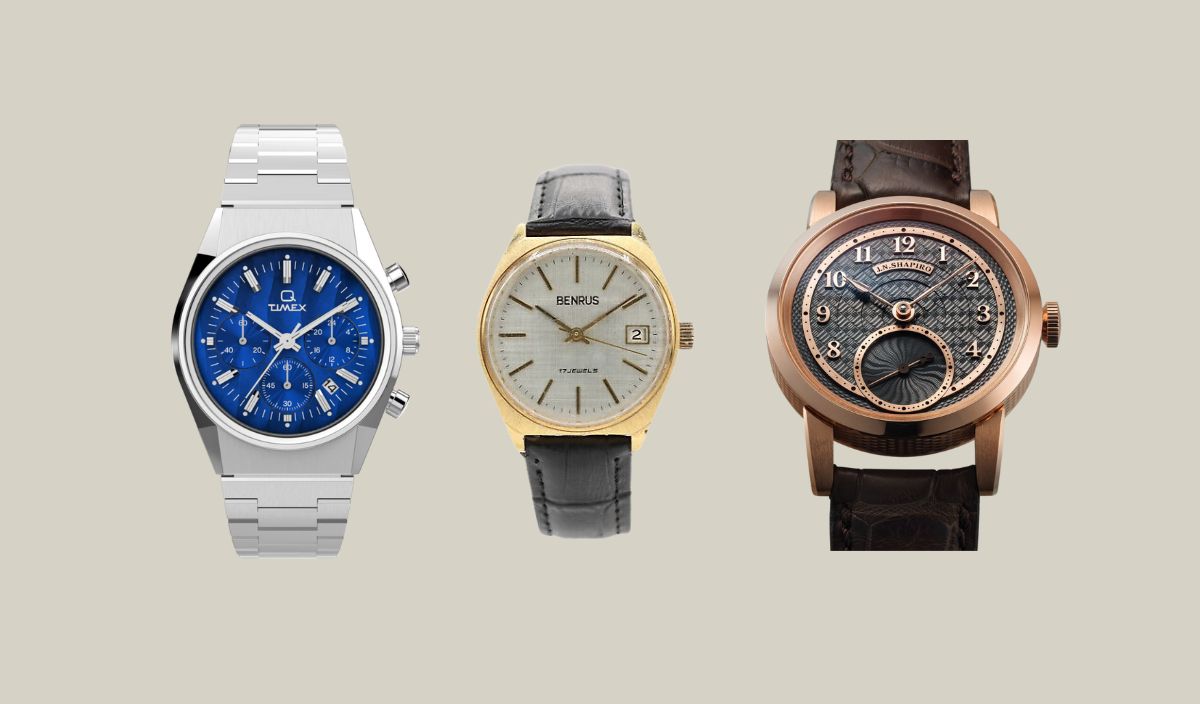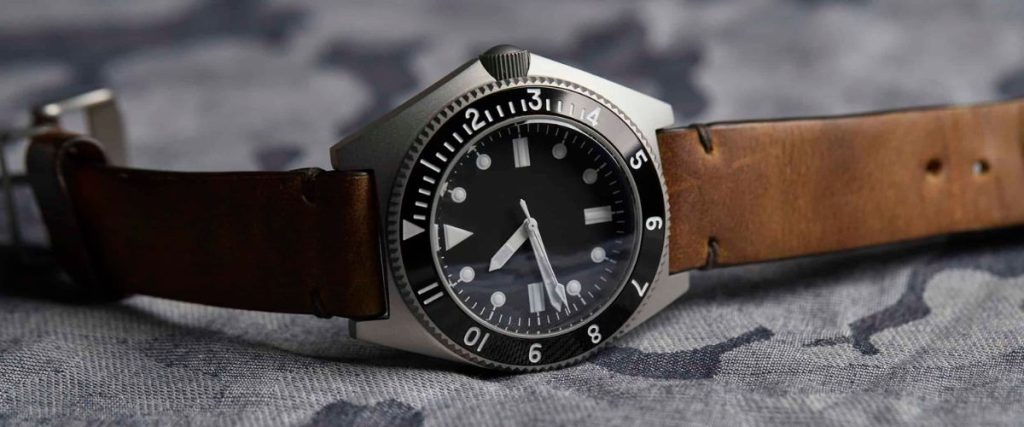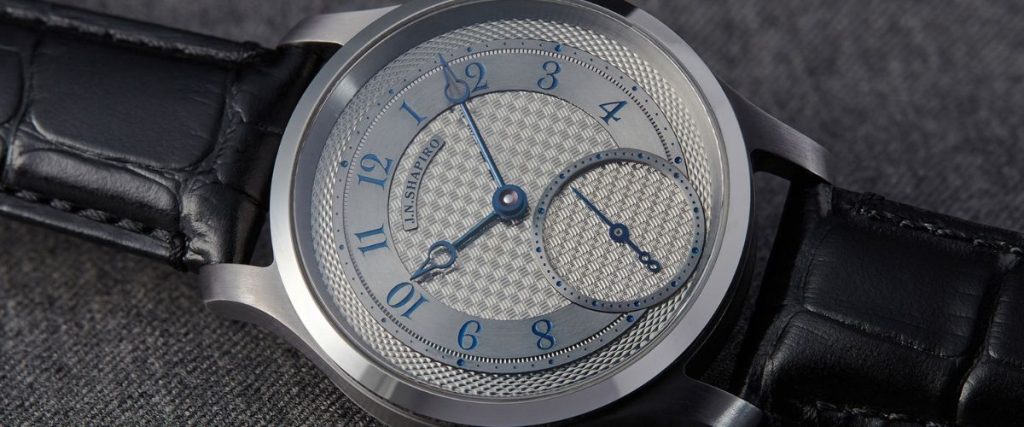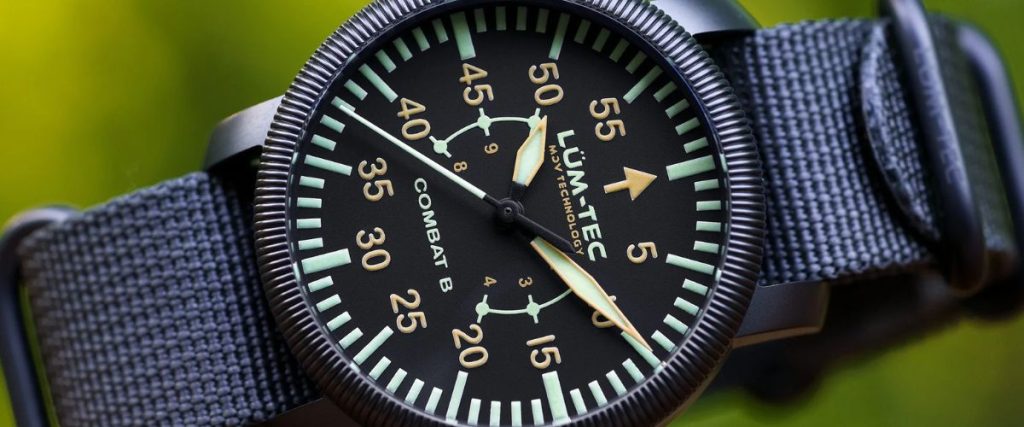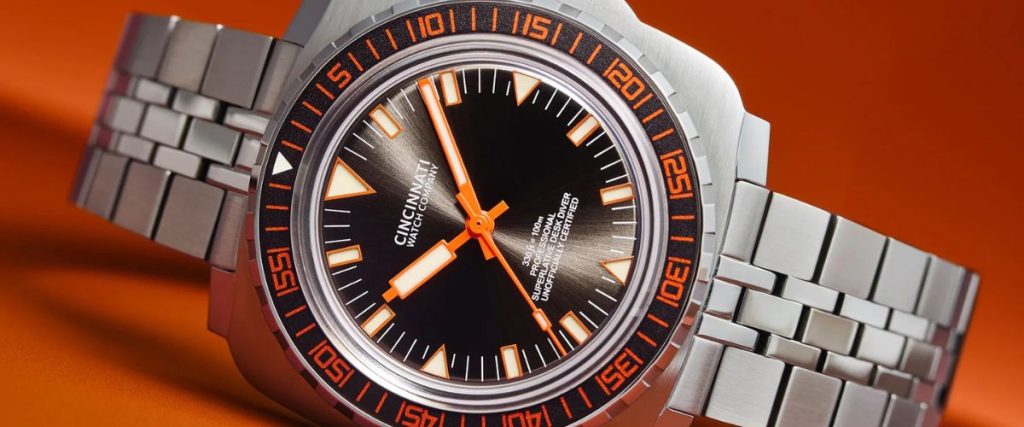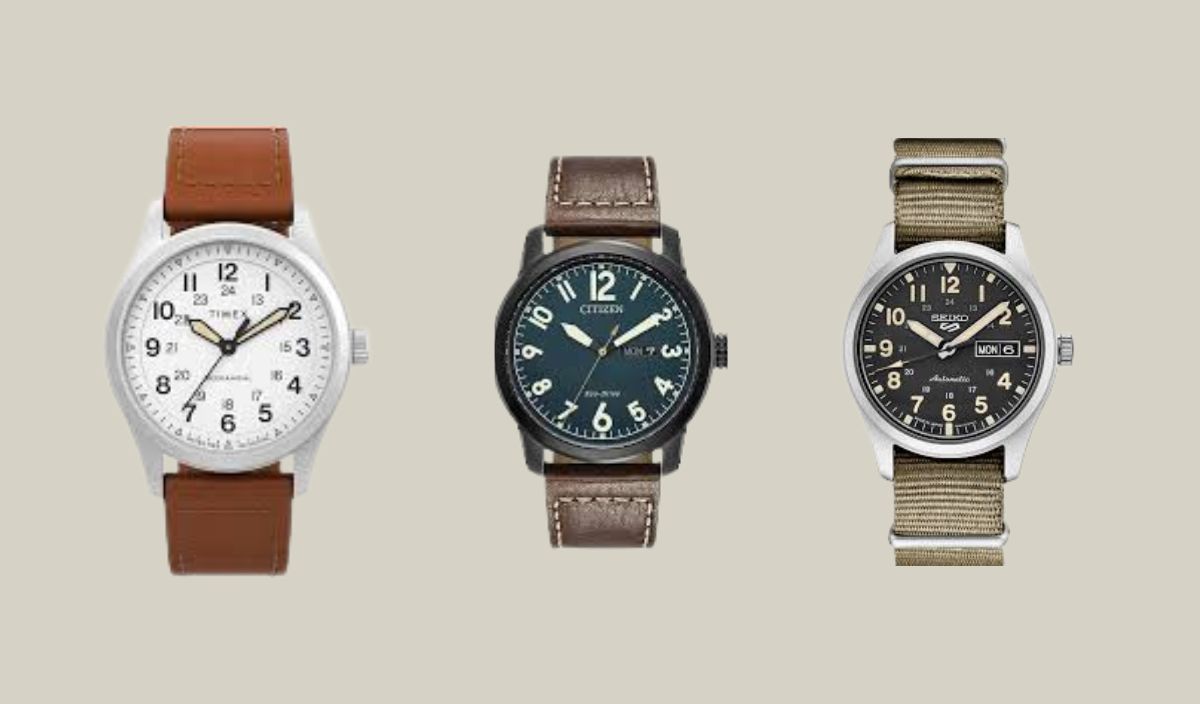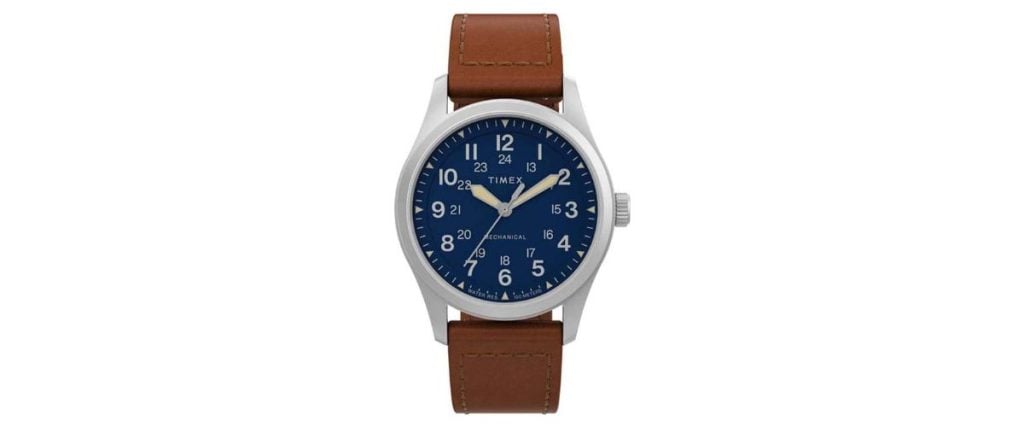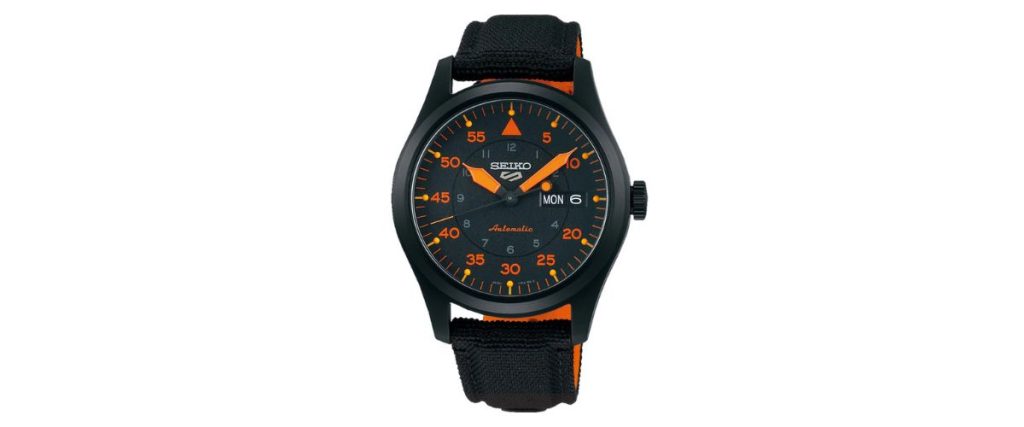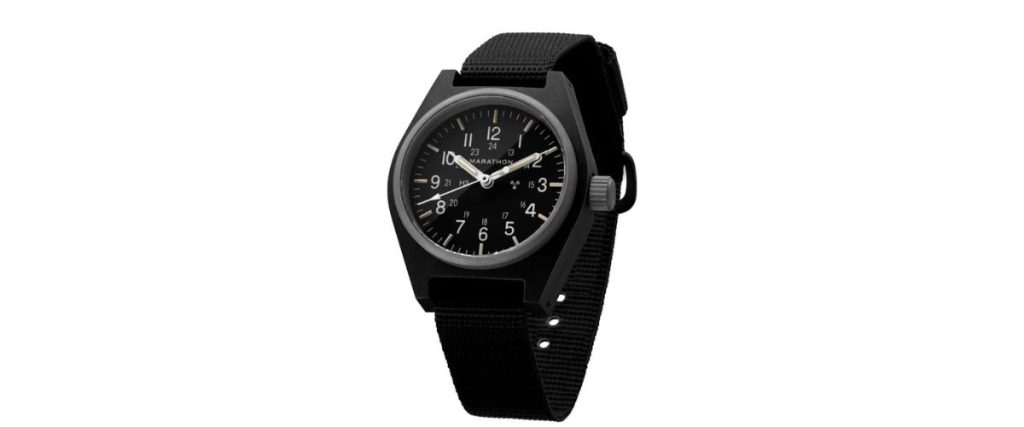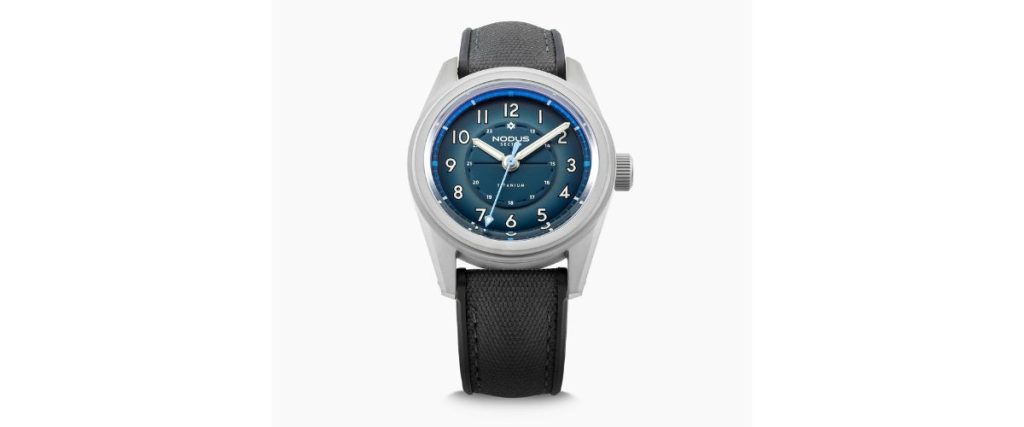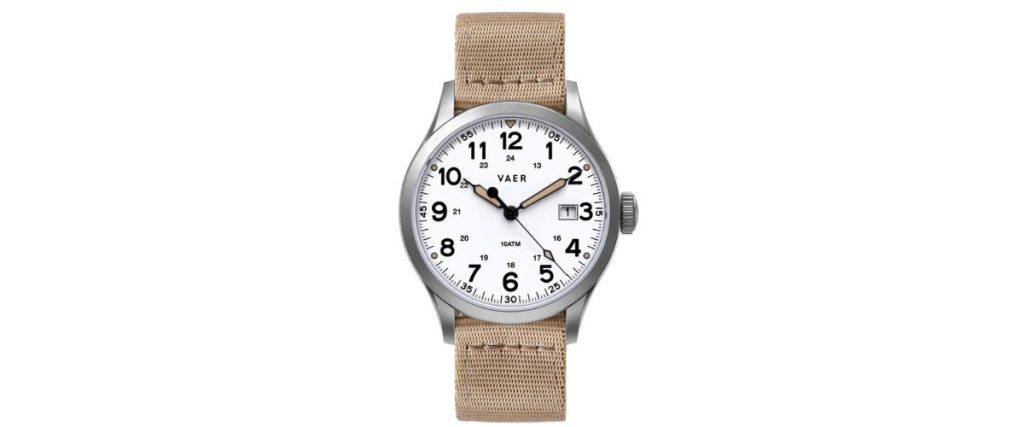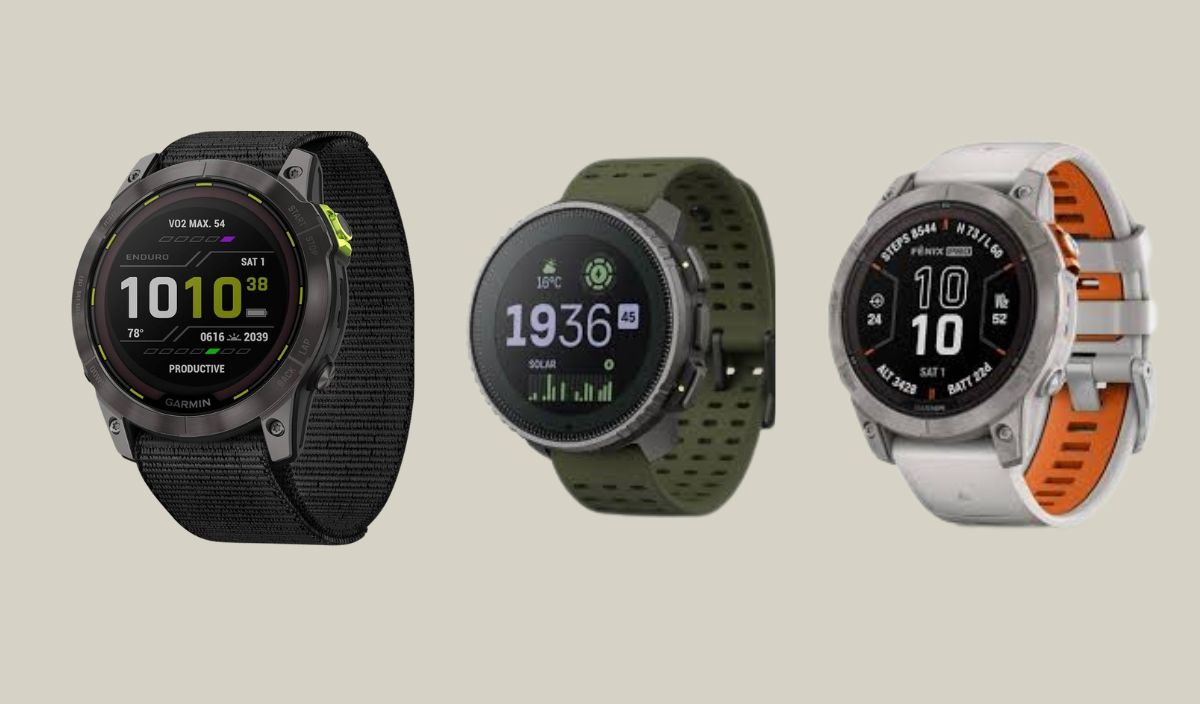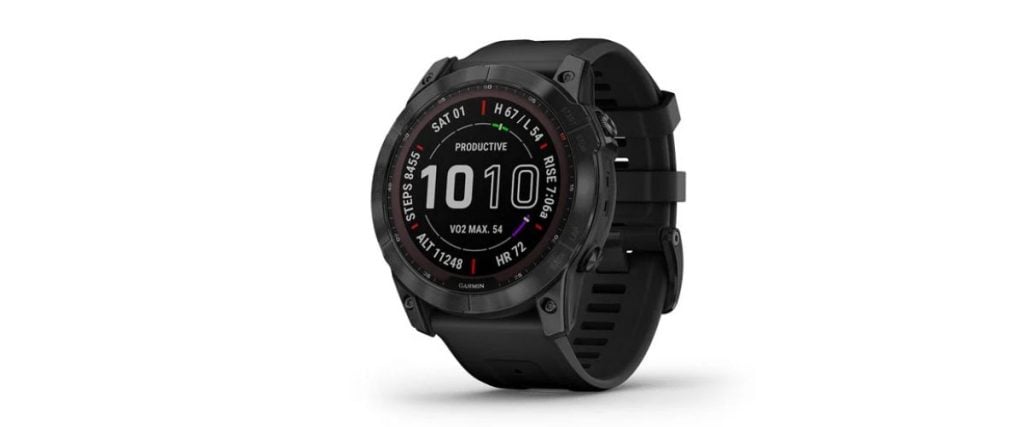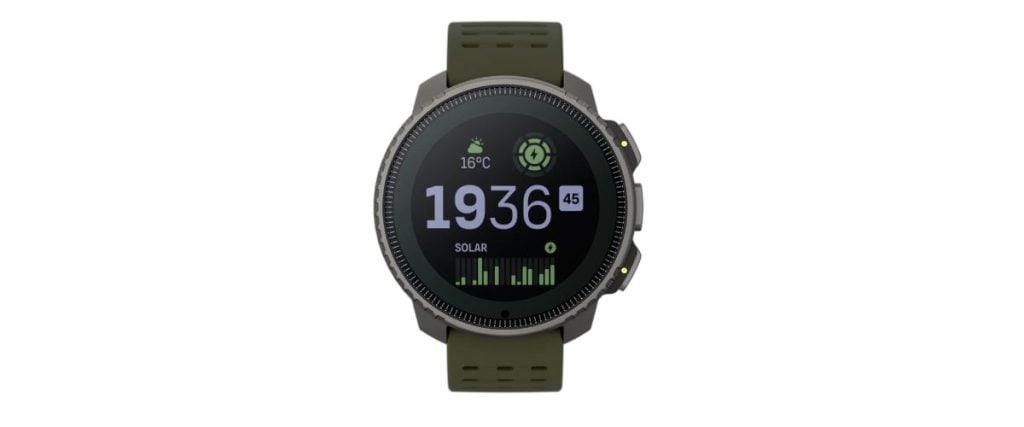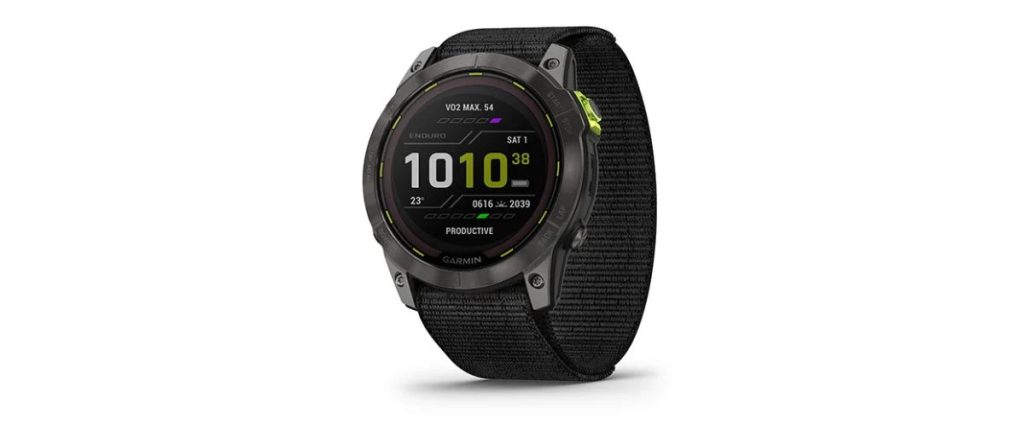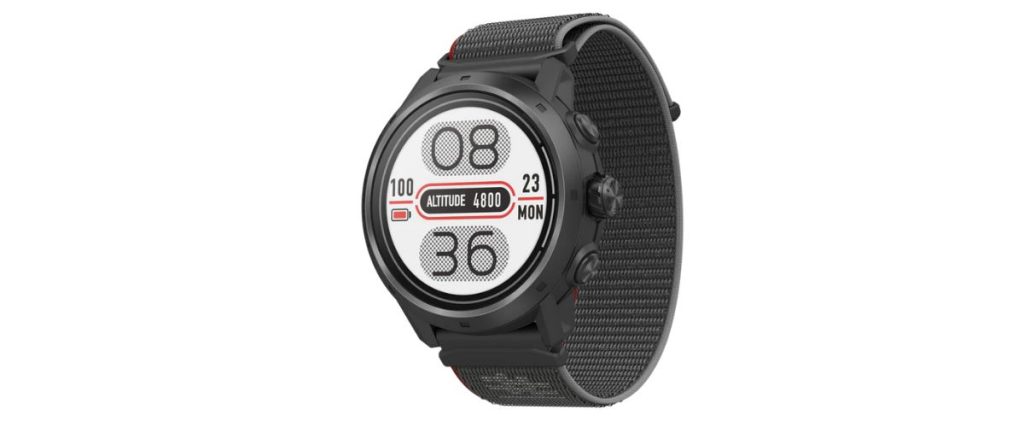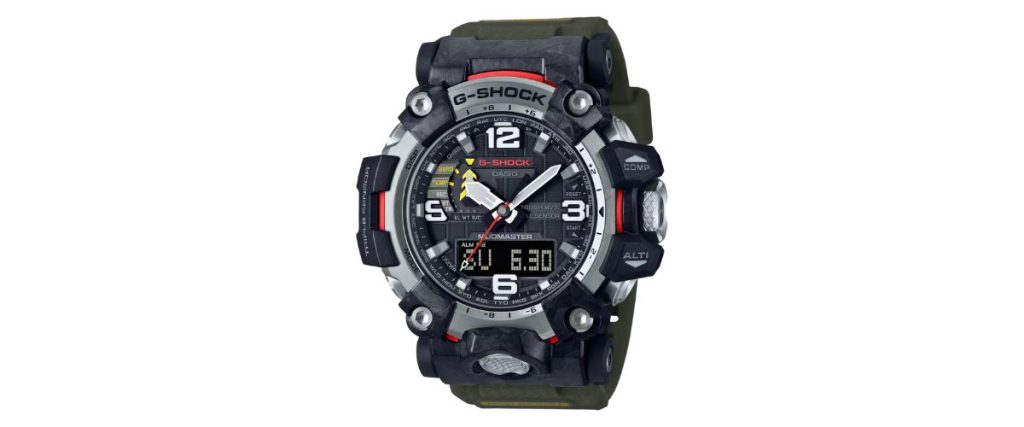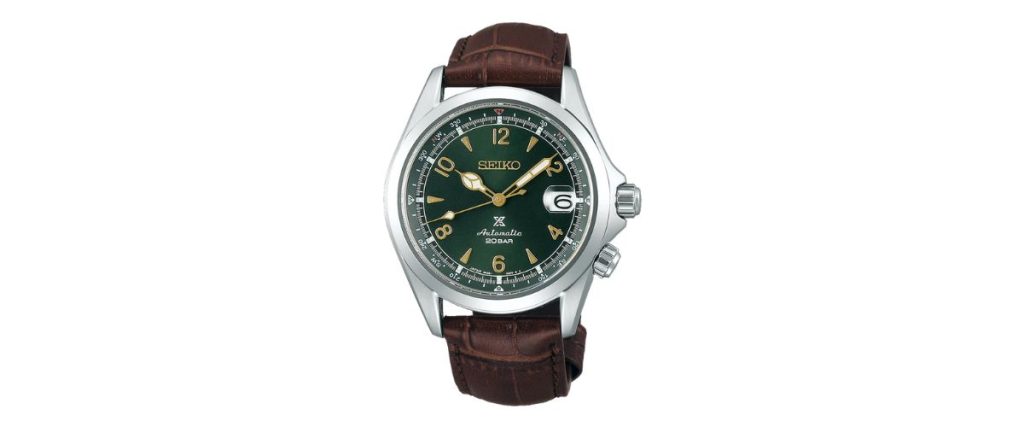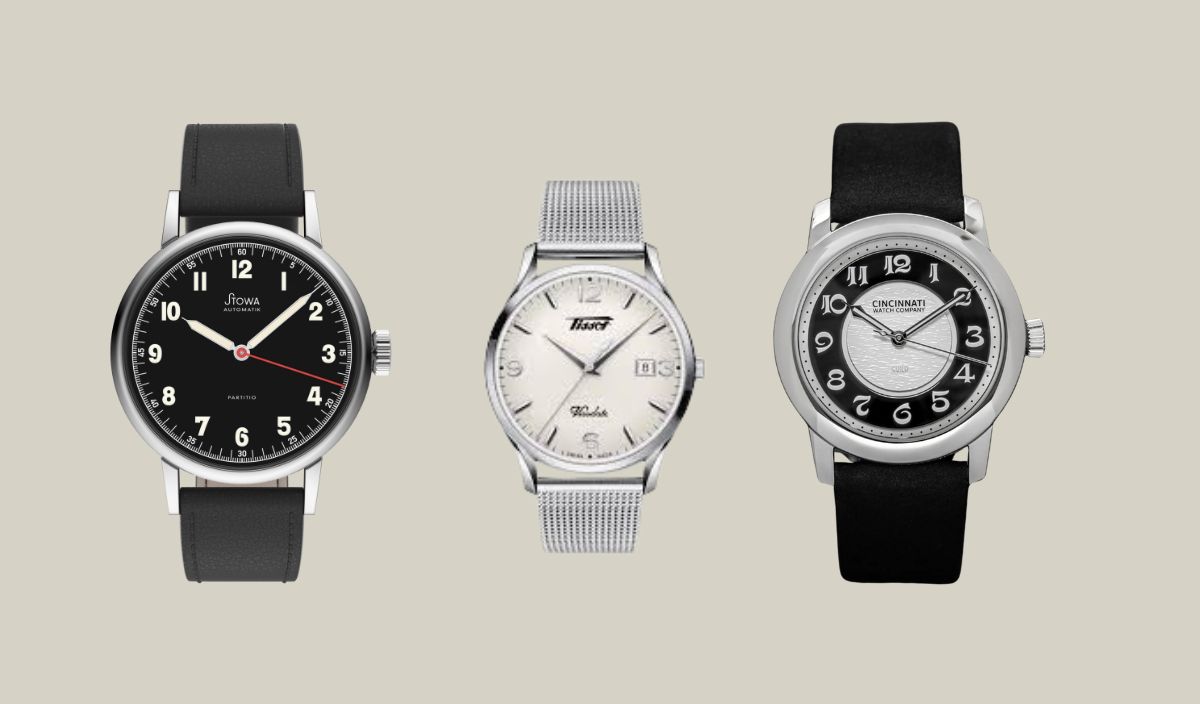
The term “dress watch” sounds very simple and self-explanatory, and because of this, it’s very rarely elaborated upon. Watch wearers, whether new to the game or experienced, are expected to know what one is and how to pick a good one without any real guidance.
Dress watch offerings across the watch market are vast, and there are no official standards to differentiate a decent one from a bad one. And there are so many opinions and schools of thought surrounding the topic of dress watches, too. It’s an absolute minefield.
Some believe a dress watch should be pure and simple, and that no formal outfit is complete without one. Others believe you shouldn’t wear one at all, since checking the time when attending a special occasion is considered rude and distasteful.
But in my opinion, watch-wearing traditions have evolved so much over the decades that in this day and age, anyone can and should be able to wear whatever makes them happy.
Of course, the Cartiers and the Pataks of the world are considered the cream of the crop when it comes to quality dress watches, but what of those in the low-to-mid-tier section? What about the dress watches priced under $1000?
While this guide will list some dress watches that you’ll have no doubt heard of, I’ll also be shining the spotlight on some lesser-known brands. The truth is, there are some micro brands out there producing dress watches and bringing stuff to the table that even hard hitters would struggle to compete with, so they deserve a mention on this list, too.
Of course, automatic watches within this price bracket give you more bang for your buck, but quartz-powered dress watches are also worth some consideration, so I’ve included both!
So, without further ado, let’s get stuck into this list of top 10 dress watches under $1000.
Tissot Visodate
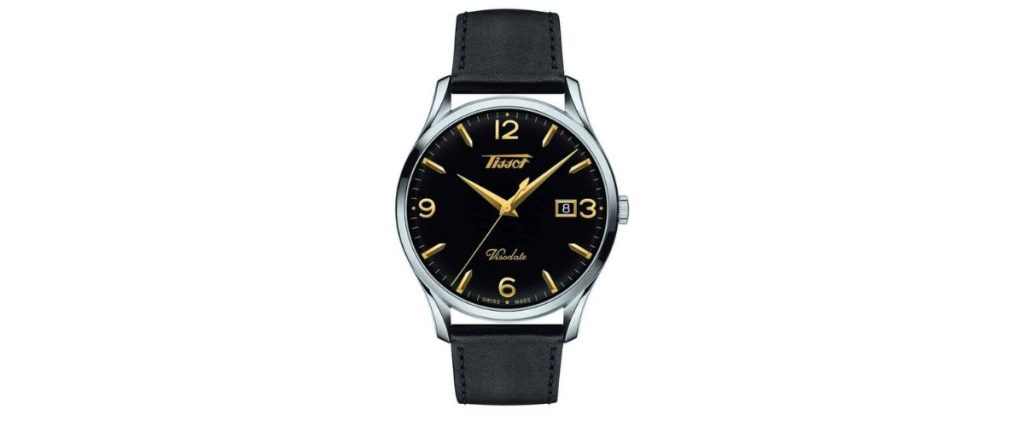
You only need to take a quick glance at the Tissot Visodate to realise that its design takes directional cues from a 1950s classic.
It has the curved dial and the domed sapphire glass that give a subtle vintage vibe, providing a scratch-resistant and anti-glare canopy over the dial, including its Day-Date complication at 3 o’clock.
And without being ostentatious, it exudes a distinct retro flavour that you can pretty much pair with any jeans and shirt combo. The Tissot Visodate is no longer available to purchase from the brand’s official website, but many Tissot stockists still have these models available to order.
Stowa Partitio Classic Black

If you quite like the look of Nomos watches but find them a little pricey, Stowa has a great alternative, named the Antea. Still, it’s slightly over budget, with a price tag of around $1,100, so, for something a little more affordable, take a look at this alternative dress watch from Stowa.
It’s called the Partitio, and comes in this “Classic Black” iteration, with legible Arabic numeral hour markers in a subtle cream colour, giving it a slightly vintage edge. The hands, too, have been treated with the same Super-LumiNova material, nodding to 1930s watch styles with their syringe profile.
For under $1000, this Stowa watch comes fitted with an automatic movement made in Switzerland. It also measures a nice and compact 37mm diameter, making it an ideal option for those wanting to avoid large-sized dress watches this summer.
Cincinnati Guild Mechanical
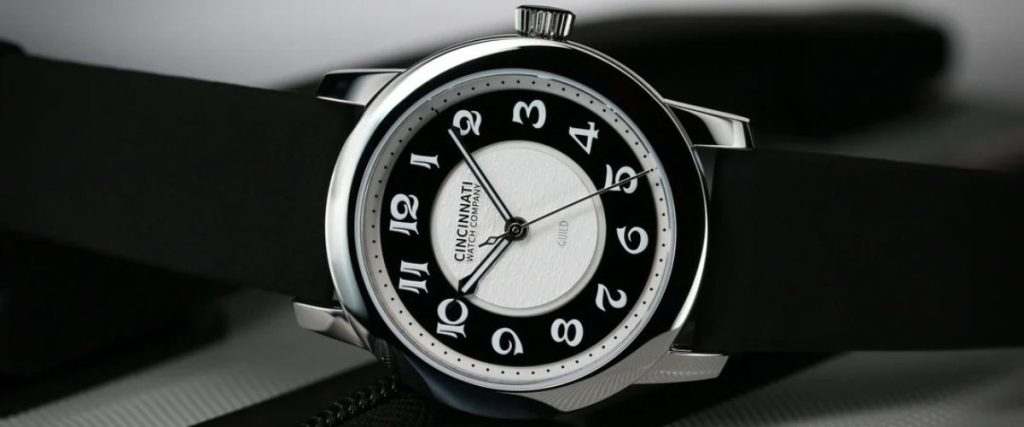
I’ve touched on Cincinnati Watch Company before. And if you haven’t yet heard of this brand, go check it out, because it’s an American brand making really nice watches for an affordable price.
What’s more, it’s not even trying to be anything other than itself. Its designs take inspiration from the golden era of mechanical watchmaking within this mid-western town in Southwest Ohio – an area that had a powerful voice in the industry during the 20th century.
After all, the town was once home to Gruen watch company, where Cincinnati Watch Company now resides.
The Guild Mechanical is an unusual-looking watch that will undoubtedly appeal to you if you have an eye for unorthodox designs. The 38mm steel watch features an inner white dial and a black hour ring, framed by a discreet minute track.
But here’s where the design gets even more interesting, because for under $1k, you’re not just getting any Swiss movement, you’re getting a Sellita Elabore movement that has been hand-assembled in-house at Cincinnati Watch Company. It’s a pretty interesting concept to add to any collection, especially one lacking a quirky dress watch.
Baltic MR01
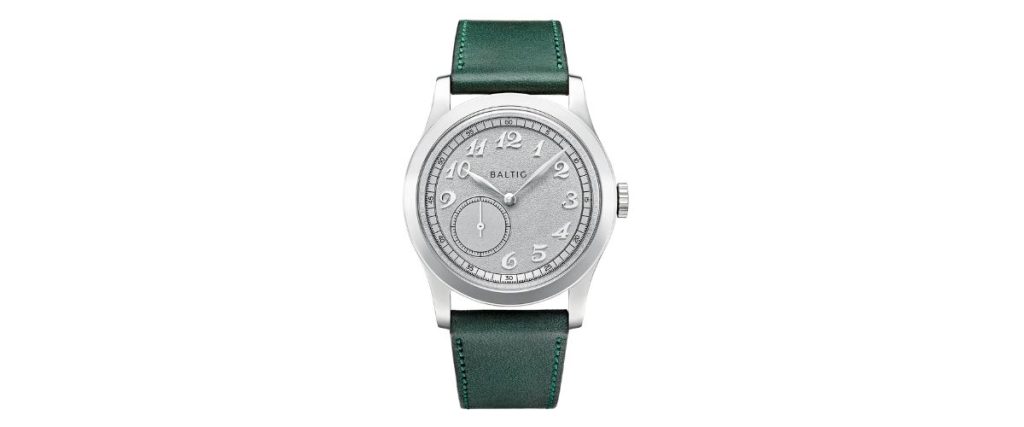
Baltic is an influential micro brand based in Paris. When I mentioned earlier that some micro brands are producing affordable dress watches with techniques and design elements that many larger brands wouldn’t even attempt, the MR01 by Baltic is what I’m talking about.
Firstly, the fact that this watch has been integrated with a micro rotor movement is pretty exceptional. It’s incredibly rare to see a watch with a micro rotor movement at this price point. It also has a nice compact case size that fits the current demand for smaller-sized watches.
As a vintage throwback to yesteryear watches, Baltic equips the MR01 (MR standing for micro rotor) with an acrylic glass. It’s not quite the same as having a sapphire glass front, but perhaps this is the only real compromise you make with this watch.
You could also argue that the beautifully textured dial is probably the most unusual in this entire dress watch guide.
The hour track, represented by silver-coloured Arabic numerals and the feuille-shaped hands, combines with a smooth off-centre small seconds sub-dial, creating something pretty phenomenal, especially when you admire it up close and under the light.
Seiko Presage Cocktail Time SRPB41

This is a no-brainer. Regardless of whether you’re a fan of the rugged dive tool, or you’re a sucker for the classic sports watch, everyone needs a dress watch like the Seiko Cocktail Time in their collection. There are plenty of designs to pick from in this collection, too.
Take, for example, the 77, the 43, and the SRPBs. They’re all top choices. Most of the designs within the collection are the 40mm models, though you can get a more manageable 38mm option should you have slender wrists that could do without the extra steel.
Their timeless dials work on a variety of wrists, while the case itself comprises the brand’s Hardlex Crystal, with case depths spanning just short of 12mm and a 50-meter water resistance that will serve you well should you get caught in the odd rainstorm.
The Seiko Pressge Cocktail Time SRPB41 is a fine example. Its deep blue dial, adorned in a shimmering pressed pattern, sits under a boxed crystal, with tapering hands driven by an in-house automatic movement capable of providing a 41-hour power reserve.
Seiko completes this classic-looking dress watch with a 5-link stainless steel bracelet that will easily elevate any casual wardrobe. Aesthetics aside, I love the concept behind this range.
Seiko launched the Cocktail Time series in 2010, taking inspiration from the work of mixologist Hisashi Kishi. Seiko’s use of colourful dials and in-house mechanical expertise makes the Cocktail Time one of the best value prospects in the realm of affordable dress watches today.
Tissot Le Locle
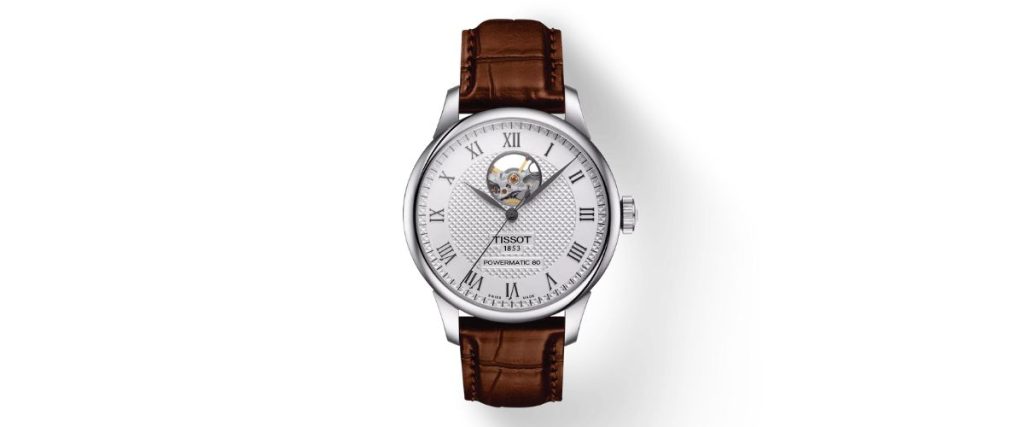
Le Locle is Tissot’s home, and although the Seamaster and PRX models are probably the most talked about and popular of Tissot models, when it comes to dress watches, this collection, named after Tissot’s home city, is about as classic as they come.
The range offers some really neat designs, and despite their innate simplicity, added details like the patterned Guilloche centre and smooth outer hour ring create the look of a sector dial.
Also blazoned into the dial at 6 o’clock is the Powermatic 80 lettering, which relates to the power reserve of the Powermatic 80 movement sitting inside these steel cases.
Dress watches are the simplest-looking timepieces, but if you wanted something with an added layer of finesse and depth, you could consider the Le Locle Powermatic 80 Open Heart model. It features a cut-out section of the movement on the dial side, granting a unique glimpse into the engine as it performs.
This 40mm model features a Le Locle-adorned see-through caseback, exposing the movement further. The good news is that you can easily transform this dress watch’s look.
Swap the traditional brown-coloured leather strap with a different band using Tissot’s innovative interchangeable quick-release bracelet design, and enjoy smooth strap changes while you’re on the fly.
Junghans Max Bill Quarz

Sadly, you can’t get the Junghans Max Bill watch with an automatic movement for under $1k anymore, but the quartz version doesn’t exactly disappoint either. Its language of design is one that never seems to have any borders.
People, whether collectors or not, can appreciate its universal style. If you like the signature style of Junghans’ Bauhaus watches, you’ll love the quartz Max Bill. The dials adhere to minimalist design principles and play into the concept of 1930s-era watches.
Even after so many decades, Bauhaus-inspired watches still carry an enduring appeal. The typeface and Junghans’ use of space is nothing short of beautiful. As a lover of German watch design, this is what I’d personally be spending my money on if I were looking at dress watches within this price category.
This 38mm model relays the time functionally and practically with Arabic numeral hour markers and straight central hands, surrounded by a bezel-less case made from steel. Yes, this watch is powered by quartz, but looking at its dial, you’d never guess it was.
Orient Bambino 38mm Small Seconds
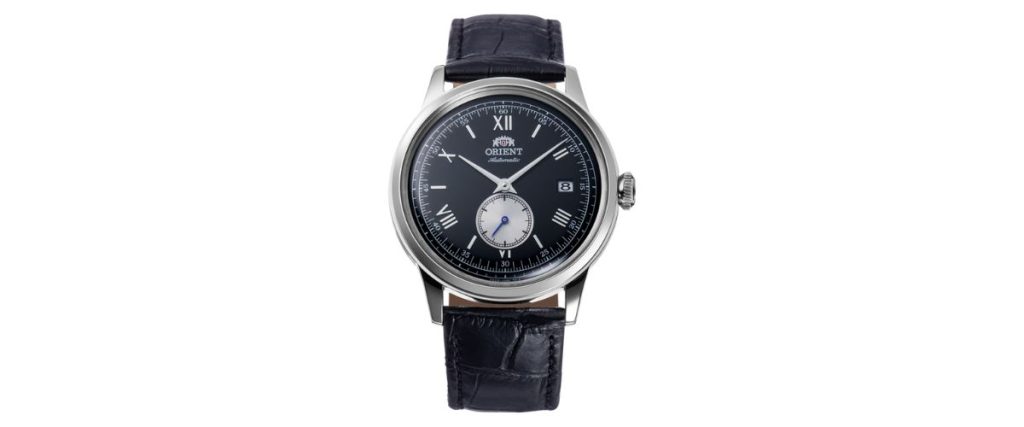
When the Orient Bambino came out with a small-second complication and 38mm size, it got heads turning. It took the classic Bambino three-hander and equipped it with the small seconds function at 6 o’clock, and it’s beautiful.
It has a lug-to-lug measurement of 44mm, making it a perfectly compact design for smaller wrists that won’t overhang or impose too much presence when paired with business attire or a suit.
This is just one of the dress watch options you can choose from within the Bambino family, which comes in different dial options, including a black iteration with a white small seconds dial, a white option with gold elements, and an ivory display for a more vintage edge.
Being a sub-40mm model, the Bambino Small Seconds wears so much better as a dress watch, and the dial opening definitely balances the proportions out on the wrist.
Mido Multifort Patrimony
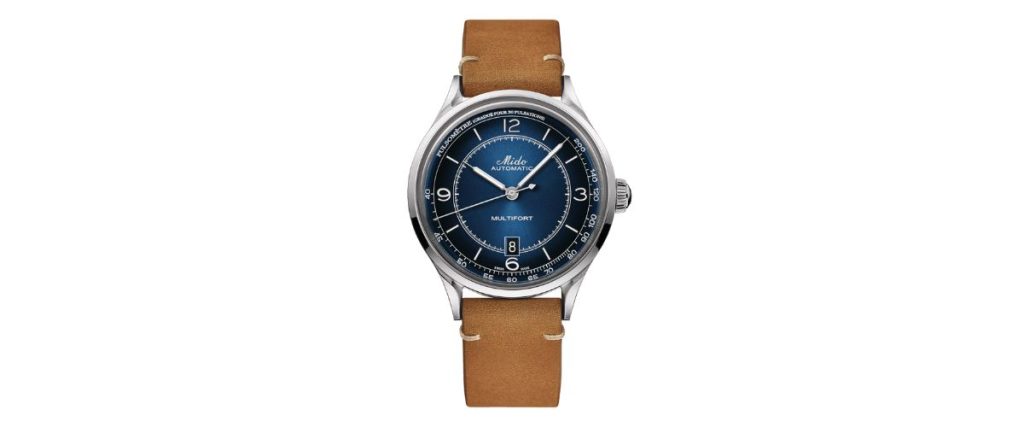
Mido has been around since 1919 and is associated with its automotive-inspired creations and, of course, the Multifort collection. While the Multifort is the brand’s sporty watch collection, some of the designs do sit on the edge of the dress watch genre.
In particular, we have designs like the Multifort Patrimony, which exudes a sensible, casual persona and a beautiful gradient dial, as seen in this striking deep blue variant, complete with a set of syringe hands. Personally, I find the timepieces from this collection more attractive than the Ocean Star.
They have a dial edge and a bezel thinness similar to a MeisterSinger (yes – looping back around to my love of German watches again!). Moreover, I picked out this design since, as a dress watch under $1000, it certainly looks like it costs a lot more.
The attention to detail in the slimly carved Arabic numerals and the darkening edge around the blue dial make for a particularly intriguing design. The polished steel crown is engraved with the famous Mido name, while the light brown-toned strap is super classic and full of charm.
The sector dial enables the hour markers and the minutes to stand out with prominence in their own sections, and the contours of the polished lugs help to suck the dimensions of the 40mm case in, making it feel more compact overall.
The high-quality movement is also worth mentioning. With a power reserve of 80 hours (the Swatch Group’s Powermatic 80 movement), the Multifort Patrimony will keep an accurate time for several days if you want to alternate it with another watch. Plus, it features a Nivahron balance spring to regulate and control the oscillations of the balance wheel.
The Hamilton Classic Intra-Matric Auto

Now, the Intra-Matric Champagne watch from Hamilton has been discontinued, but you can still pick it up from various Hamilton stockists from new, and for under a rack. Pre-owned, you will find it even cheaper.
This is another example of a dress watch with a thin bezel. This design element opens up a vast champagne dial, allowing the slim hour and minute hands and slim stick indexes to display the time in a simplified and pared-back format.
Without a doubt, the champagne dial is the star of the show, marrying perfectly with Hamilton’s choice of a dark brown calf leather strap, complete with a traditional steel pin buckle.
The watch has undeniable vintage flair, yet because of its relaxed and simplified dial layout, it will also work well with a contemporary suit. Hamilton experts give this watch a sapphire crystal glass front and 50 meters of water resistance.
Wrapping Up
Whether it’s a reputable name like Tissot or Hamilton that you seek in a dress watch manufacturer, with a bit of history behind its design, or a kookie micro-brand with a bit of quirkiness, you can certainly pick up a beautiful dress watch for under $1000.
The models in this guide range from simple, minimalist three-handers to models combined with a complication or two. To anyone looking for their first dress watch, I always recommend they try on as many different sizes, case materials and designs as possible to get a feel for what looks and feels natural.
Above all, keep it classy and straightforward, and you can’t go wrong with any of these affordable dress watches.


